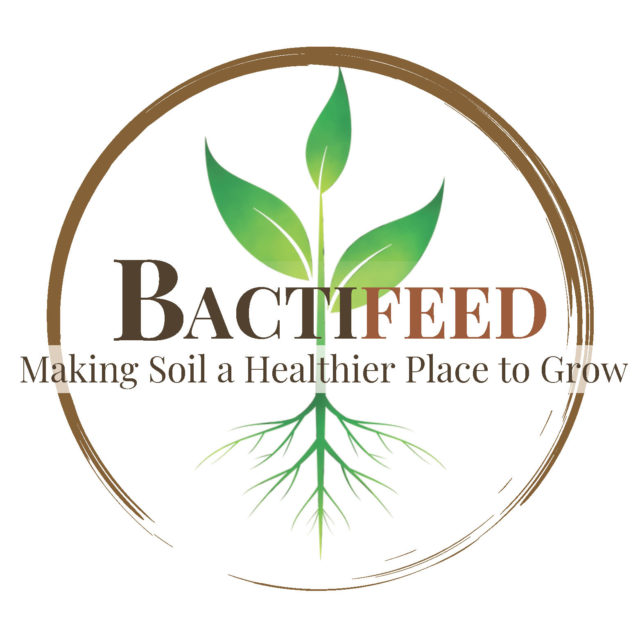This was before we had any sort of sprinkler systems in place, and all of our fields were flood-irrigated with a series of ditches that crisscrossed the fields.
Setting canvas dams and packing a shovel on a horse were two of the first skills I learned. When I was little, I’d sit on the horse while my dad dragged the dams from one spot to the next to get them set.
I’d follow him on the horse to save him from having to walk back to where he’d otherwise have to ground-tie the horse.
Though it made it more of a chore for my dad, I was pretty proud when I graduated to riding my own horse instead of having to ride with him. Our irrigating miles were good for young horses, fathers and sons alike.
When I was about 13, we put in our first gravity-flow mainline to service a 40-acre alfalfa field with 3-inch hand-line sprinklers. It made for a more efficient way to get water to the high spots and certainly increased our yields.
It also made for an unwelcome chore for teenage ranch kids. My shovel packing skills were traded for the ability to run while balancing a 40-foot length of 3-inch aluminum pipe.
When I was in high school, I used the job to stay in football shape during the summer by running from pipe to pipe and from the bottom end of the line to the top end to turn the valve on.
A generation later, my kids added high-tech to the name, if not the nature, of the job. They liked to refer to themselves as hydro-aluminum transport technicians.
The evolution of irrigation technology saved them from a life of moving hand lines, though, as we have gone from hand lines to wheel lines and now to center-pivot systems.
As a know-it-all teenager, I may not have really appreciated the life lessons that moving hand lines afforded. I nevertheless learned a few things from the experience.
I became quite adept at packing pipes and never gave much thought to it until some of my older city-raised cousins were visiting and offered to help move hand lines.
Though they were older and considerably bigger and stouter than I was, I could do nearly double the work they could. They didn’t savvy how to drain the water and balance the pipe while they walked.
They were especially put to shame when my sisters had to give them pipe-carrying lessons. The art of carrying a pipe has a lot more to do with balance and feel than it does with strength.
Every spring, we gather 30 or 40 calves and haul them into the biggest high school in the county so kids in ag classes can get some real-life, hands-on branding experience.
Some of the kids have farming backgrounds, some have no agriculture experience at all, and a rare one or two has ranch experience.
For the sake of not wanting to cripple some poor kid, we usually take smaller calves, but I always like to throw in a couple 200-pound calves, just to keep the jocks humble.
Without fail, some strapping young lad always thinks he can grab hold of the biggest calf and “wrassle” it into submission. It’s always good watching, and the calf always wins.
And it always lends itself to a teaching moment: Flanking a calf and grabbing a front leg to keep him down is also more about balance, feel and experience than it is about brute strength. It always does my heart good to watch a wiry little nerd handle the task that a cocky, muscle-bound stud can’t.
It’s like when the town-bred friends want to help sort cows. “Just give me a horse,” they’ll say. It usually turns into chaotic mayhem with gunsels and dudes treating horses like motorcycles and cows like something out of Mario’s Super-Cart-Halo-Grand-Theft-Auto-something-or-other video game.
Sorting cows, moving pipe and flanking calves with wannabes doesn’t have to be a bad experience. What makes it bad is when someone doesn’t know or admit that they don’t know.
If you know that you don’t know something, you still have the ability to learn. If you think you know, and won’t admit otherwise, it’ll be a long day in the branding pen.
There are lessons that can be learned from both sides of the fence. Sometimes we cowboys and farmers tend to think we know what the city folk should think, but we may not know as much as we think we do.
Just because we can set a canvas dam doesn’t mean we can carry a pipe. The consumers of the products of our toil can probably teach us a thing or two about their perspective. We’d be well served to give heed. If not, we’ll be likely to get kicked in the proverbial chops by a rank, metaphorical calf. FG











